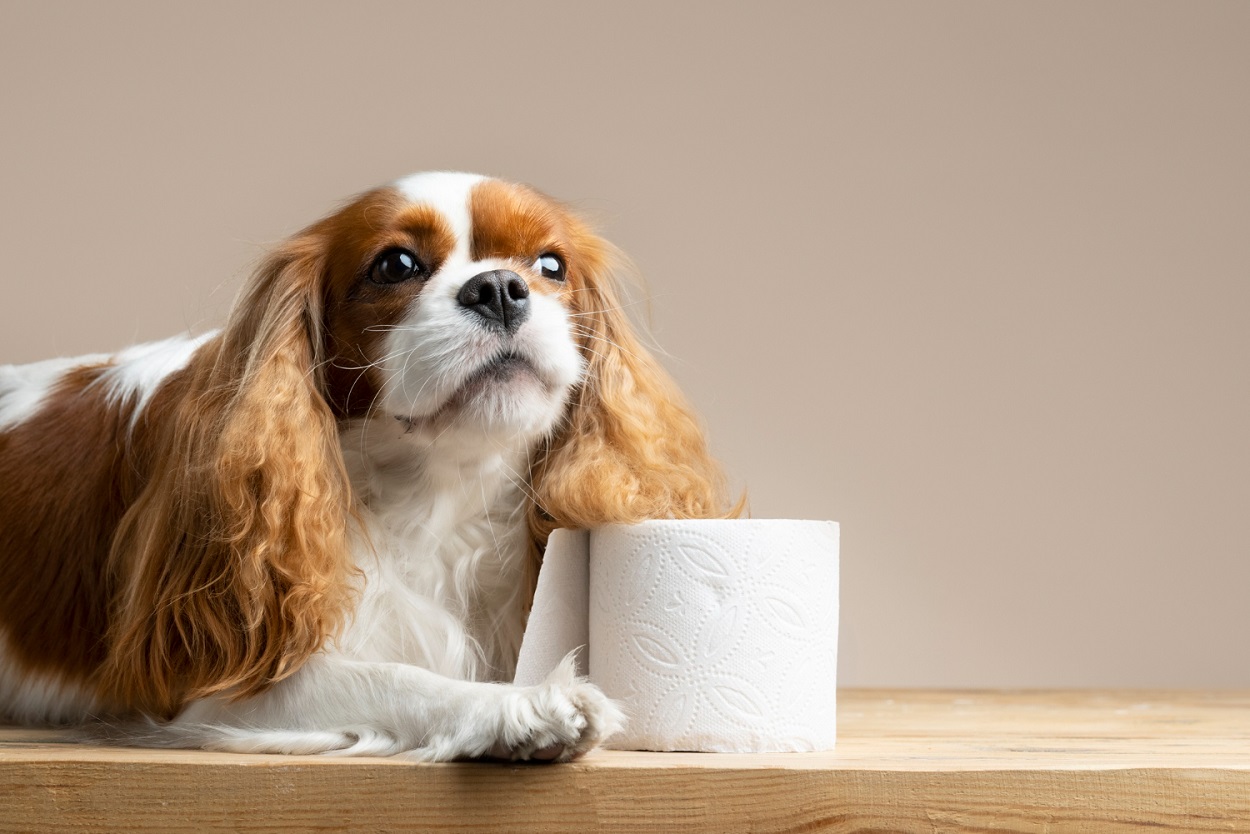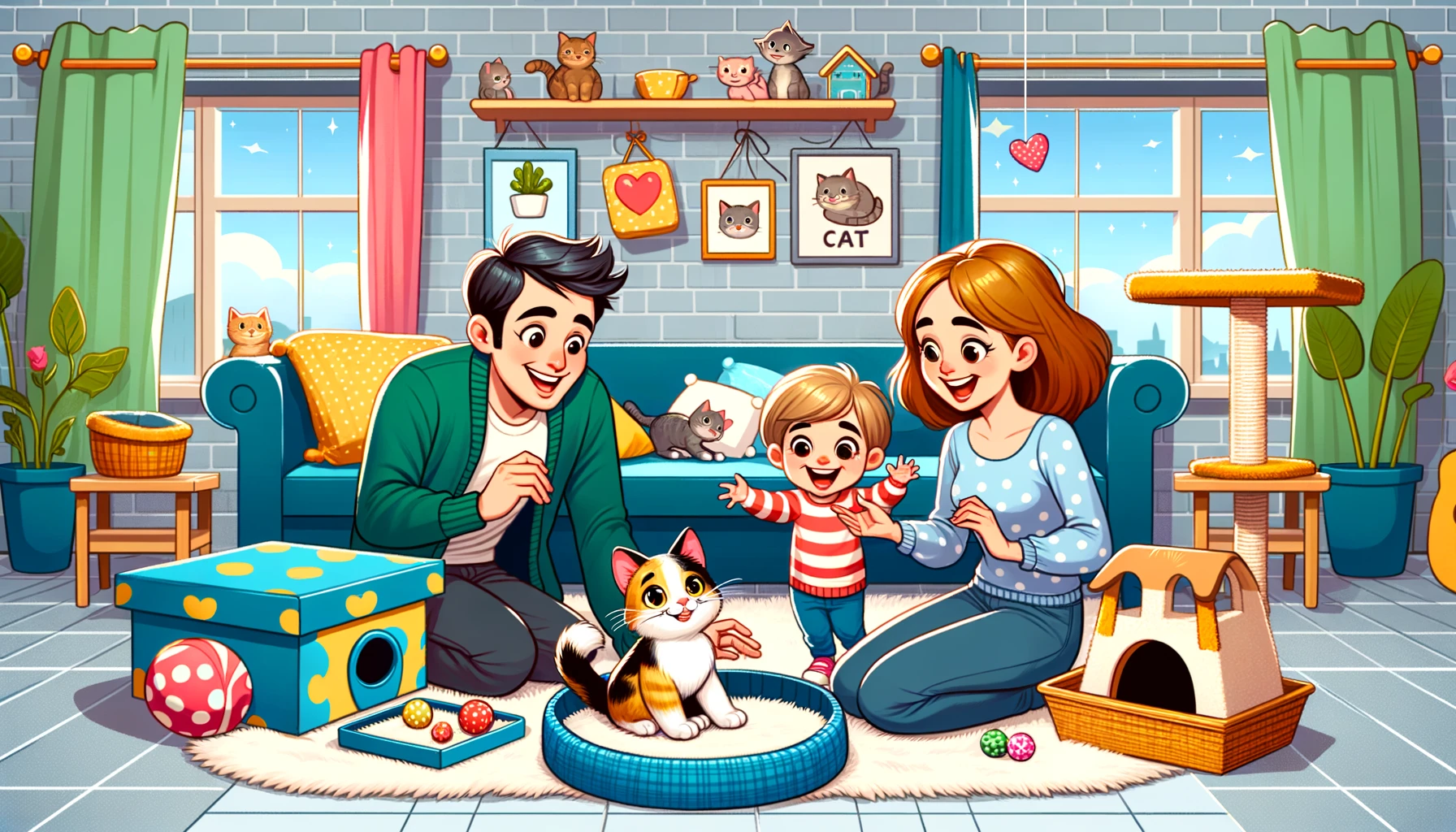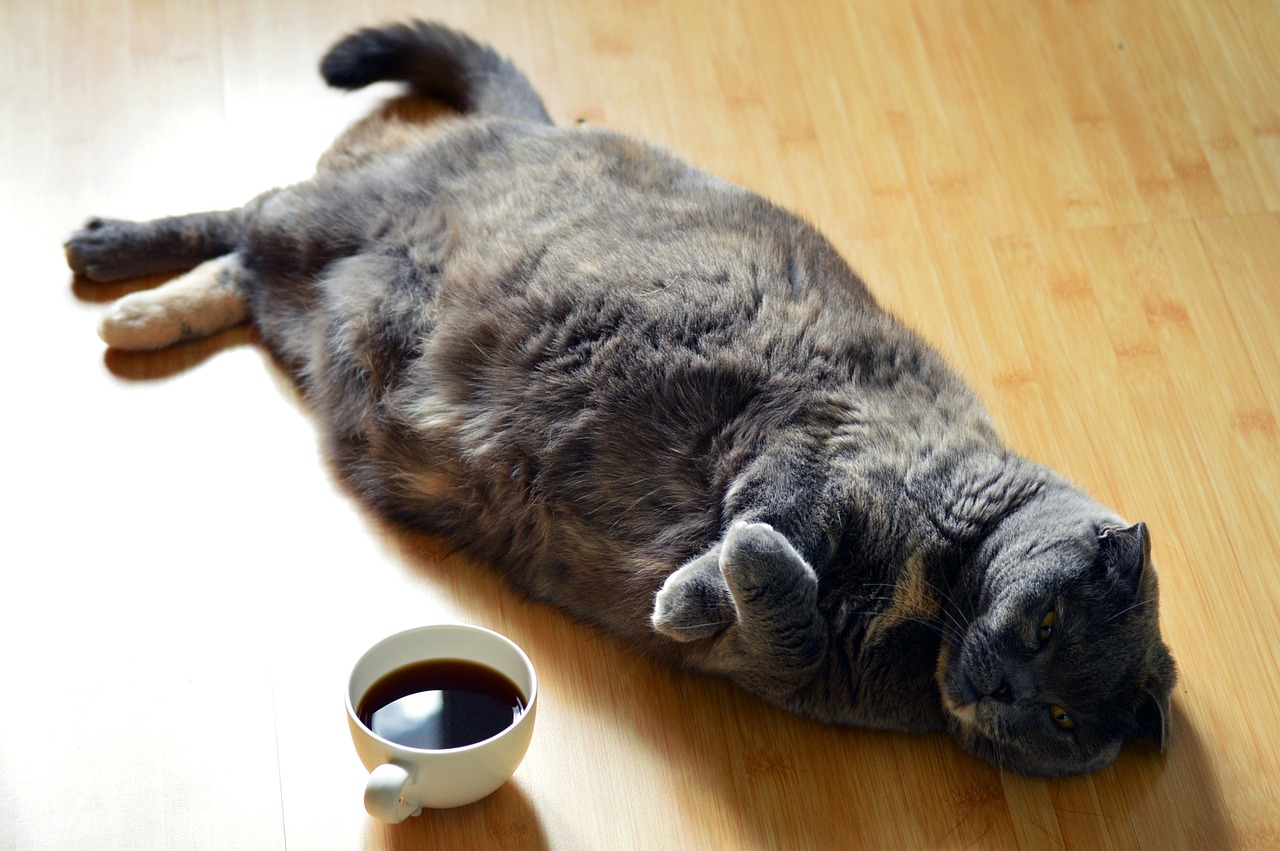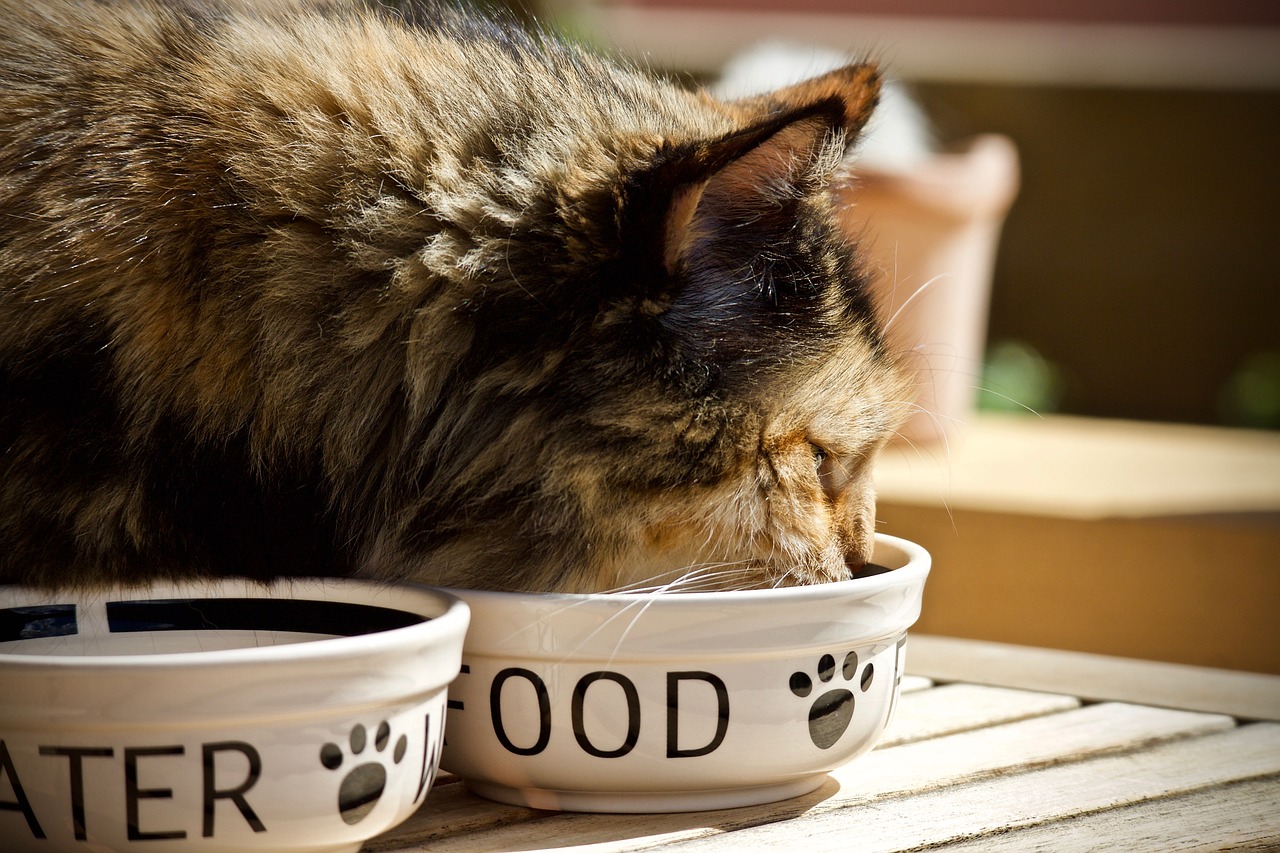Image by Freepik
Congratulations! You’ve adopted a furry little bundle of joy who, in addition to being a master at giving you those irresistible puppy eyes, is also a master at turning your expensive Persian carpet into a toilet. So you thought training a dog would be a piece of cake? Or maybe just a slice of that rug you’re now thinking of replacing? Well, welcome to the not-so-exclusive club of deluded puppy parents! This article is for you.
Understanding the House Training Process
Before you embark on this thrilling adventure of trying to persuade your dog that your home isn’t a giant bathroom, it’s vital to understand what’s going on inside that furry little head. House training, also known as potty training or toilet training, at its core, isn’t just about teaching a dog where to go — it’s about communication, patience, and the cultivation of habits.
- Natural Instincts: Dogs are naturally clean animals. They’d prefer not to soil where they sleep and eat. This is a behavior observed even in wild animals. So, the good news? You’re not starting from scratch!
- Bladder and Bowel Control: Puppies, just like human babies, have little control over their bladders and bowels. As they grow, their control increases. So, while they’re young, frequent bathroom breaks are key.
- Consistent Communication: Dogs thrive on consistency. They love routines. They don’t quite have a grasp on the concept of weekends or lazy days, so your consistency in taking them out, feeding, and playing will help solidify the training process.
- Positive Reinforcement: Dogs aim to please. They love making you happy (it usually results in treats or belly rubs). So, when they do something right, rewarding them ensures they associate that action with positive feedback. Over time, this cements the behavior.
- Mistakes are Learning Opportunities: Remember the last time you tried learning something new? Made a few mistakes, right? Dogs are the same. Every mistake is a learning opportunity, both for you and the dog. Understanding why the mistake happened can prevent future ones.
- It’s a Marathon, Not a Sprint: House training doesn’t happen overnight. It’s a process, one that requires patience, adaptability, and a dash of humor. Some dogs might catch on quickly, while others might test your patience. Understanding that it’s a journey will help manage your expectations.
Now that you have a grasp on the psychology and process behind house training, let’s get into the nitty-gritty of getting your canine companion to respect your living quarters. Buckle up, and may the odds be ever in your (and your carpet’s) favor!
Step-by-Step Guide to House Training Your Dog
Step 1: Get Ready for the Challenge!
First and foremost, lower those expectations. Waaay lower. That’s right. Because let’s be real: your dog is basically a toddler with fur and twice the energy. Remember the first time your two-year-old drew on your white walls with a permanent marker? Yup, that’s your dog, but every day. For several months.
Step 2: Equip Yourself (No, Not with Armor)
Invest in some necessary tools. Pee pads, nature’s miracle sprays, and treats. And not the kind of treats you eat while crying over your ruined rug, but treats for the dog (though you deserve some too). Pee pads are excellent training tools, especially for rainy days. Nature’s miracle sprays are your best friend for accidents (the dog’s accidents, not yours).
Step 3: Consistency is Key (or Your New Mantra)
You need to take your puppy out. A LOT. After they eat, after they play, after they wake up, during that new Netflix show you were hoping to binge. Just when you think you’ve taken them out enough, take them out again. Every time they go potty outside, act like they just discovered the cure for world hunger. Treats, praises, a parade in their honor — whatever gets the message across.
Step 4: Cue Words – Because Dogs Totally Understand English, Right?
Start using cue words like “potty” or “do your business.” Remember, your dog is not fluent in Shakespearean English. So, avoid long-winded commands like “Dear Sir Fluffy, I implore you to deposit your waste in the great outdoors.” Just “potty” will suffice.
Step 5: Accidents Happen (and They Will)
Your puppy will have accidents. It’s a fact, like how ice cream is the best remedy for heartbreak. When it happens — and it will — avoid the urge to scream, shout, or consider posting your dog on eBay. Just deep breathe, clean it up, and remember: every dog parent goes through this. Even that snooty neighbor with the perfectly manicured lawn and pristine house.
Step 6: The Crate – Your Dog’s Bedroom, Not a Prison
You might have heard that a crate can be a godsend when house training. And it can be! But let’s get one thing straight: it’s not doggy Alcatraz. Think of it more like your dog’s cozy studio apartment. Dogs don’t generally like to soil where they sleep. So, crate training can help teach bladder control. Just remember, don’t leave them in there for too long. Puppies have tiny bladders and limited patience.
Step 7: Become a Dog Whisperer (Or Just a Good Observer)
Knowing your dog’s “I gotta go” signs can make a world of difference. This might include sniffing around, circling, whining, or giving you a look that says, “If you don’t act fast, this Persian rug is history.” Be vigilant!
Step 8: Celebrate the Small Wins (Or Wees)
Every time your puppy does their business outside, it’s a victory. Remember to reward them instantly. Dogs have the memory of, well, a dog. If you reward them even 5 minutes after the act, they might think they’re getting a treat for chasing their tail or for that fabulous sneeze they just did.
Step 9: Avoid the Shaming Game
Now, you might’ve seen those funny pictures online of dogs wearing signs that say, “I ate mom’s shoe” or “I pooped in the plant.” While they’re internet gold, in real life, dogs don’t get the concept of shaming. If you find an accident but didn’t catch them in the act, just clean it up and move on. Yelling at them after the fact will only confuse them and possibly make things worse.
Step 10: Get Professional Help (No, Not Therapy — Though That Might Help Too)
If you’re struggling, there’s no shame in seeking professional help. Dog trainers can provide support and give you tips tailored to your specific dog. Sometimes an outside perspective (and an expert one at that) can make all the difference.
Final Thoughts
By now, you’ve probably realized that house training is less about the dog and more about training yourself. It’s about understanding your dog’s signals, being consistent, and maintaining a sense of humor (even when you’re on your hands and knees cleaning up the umpteenth mess). Remember, this phase doesn’t last forever. One day, you’ll look back and laugh at the trials and tribulations of house training. Or, at the very least, you’ll cherish that spotless carpet with the fierce love of a thousand suns.
So, keep your chin up, your cleaning supplies handy, and your treats aplenty. Here’s to a (hopefully soon-to-be) accident-free home! Cheers!
Pro Tips for the Persevering Pooch Parent
Because you can never have too many tricks up your sleeve:
- Choose a Specific Potty Spot: Dogs are creatures of habit. Designate a specific spot in your yard as the ‘potty zone’. This consistency will help your dog understand quicker.
- Establish a Feeding Routine: Just like us, regular feeding means regular bathroom breaks. Avoid leaving food out all day for your dog to nibble on.
- Stay Calm: Your energy affects your dog. If you’re stressed, your dog will pick up on it. Try to remain calm, even when accidents happen.
- Interrupt, Don’t Scold: If you catch your pup mid-act indoors, make a noise to interrupt them (like clapping your hands). Then quickly take them outside. Scolding might make them fear you or fear peeing in front of you, which isn’t the goal.
- Know Your Breed: Some breeds or individual dogs can be more challenging to house train than others. Researching your specific breed might give you insights on what to expect.
- Night-Time Tips: To prevent night-time accidents, avoid giving your puppy a large drink before bed and ensure they go to the bathroom right before bedtime.
- Keep a Diary: This might sound over-the-top, but keeping track of when your dog eats, drinks, and needs to go can help you identify patterns and anticipate their needs.
- Patience Over Perfection: Remember, no dog is perfect. And neither are you. Celebrate the progress, not just the end goal.
- Social Support: Join online forums or local dog-owner groups. Sharing your struggles (and comedic failures) with others can offer both comfort and advice.
- Invest in Good Cleaning Supplies: Sometimes, the smell left behind can encourage a dog to go in the same spot again. A good enzymatic cleaner will break down the pee and eliminate the smell, ensuring no repeat offenses.
Frequently Asked Questions (FAQs) About House Training Your Dog
While it varies for every dog, on average, it can take about 4-6 months for a puppy to be fully house trained. However, some puppies might take up to a year. Factors include the dog’s age, breed, and consistency in training.
Not necessarily. Older dogs can be house trained just as puppies can. While they might have some established habits, they also have longer attention spans and better bladder control, making the process different but not necessarily harder.
Dogs are drawn to areas by the scent. If a spot smells like urine, they’ll likely think it’s an acceptable bathroom spot. Ensure you clean any accidents thoroughly with an enzymatic cleaner to remove any lingering odors.
This can be frustrating! There could be various reasons: they might be marking their territory, they might’ve been too distracted outside to finish their business, or they might have a medical issue. If it’s a consistent problem, consult with a vet.
Puppies have tiny bladders, so the more frequently, the better. Generally, after they wake up, eat, play, or drink — basically often! As a rule of thumb, a puppy can hold their bladder for one hour for every month of age, up to eight hours max.
Absolutely. Puppy pads are especially useful for people living in apartments or high-rises, or during inclement weather. However, ensure you’re still maintaining a routine, so they understand the main goal is to do their business outside.
Try to prevent them by taking your dog out right before bed and not letting them drink large amounts of water late in the evening. If they’re still happening, consider setting an alarm for a mid-night potty break.
Negative reinforcement can be counterproductive. Instead of scolding, try interrupting them with a clap or a quick “no,” then immediately take them outside. Reward them when they finish outside. This will help them make a positive association.
If your dog was house trained and suddenly starts having frequent accidents, it might be medical. Other signs include increased thirst, changes in appetite, or lethargy. Always consult with a veterinarian if you suspect a health issue.
Absolutely! House training can be challenging and sometimes downright frustrating. Remember, every dog parent goes through this. Don’t hesitate to seek support, whether it’s from fellow dog owners or professionals.



